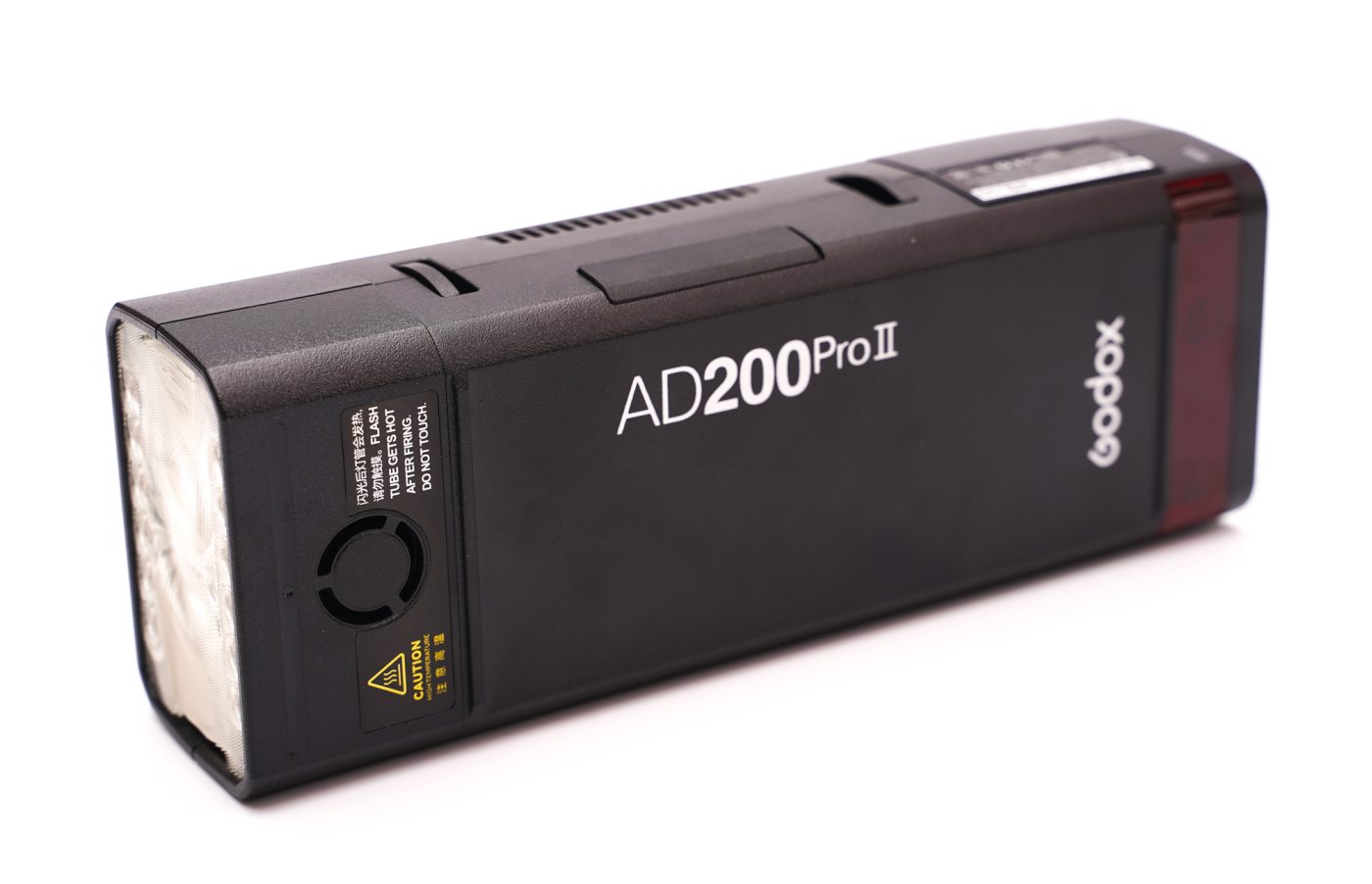Today we’re taking a look at Godox’s updated AD200Pro II studio flash.
Godox has always been keen to maintain, update and expand their product line. Many, if not most of their products are now in their second iteration. One outlier was the AD200Pro, a highly successful compact but powerful studio flash.
The AD200Pro (and its AD200 sibling, which lacks some features but shares the basics) is more than a flash: it’s the key component of an ecosystem which includes many heads such as Fresnel, circular and barebulb, a ring flash, a light stick, as well as several adapters and modifiers. Any update would thus need to improve on the original while still preserving compatibility, or risk having to also revisit all the accessories.
Recently, Godox announced the updated AD200Pro II. Keeping most of the characteristics of its predecessor, but with some significant improvements, this flash head packs a lot of power in a small package. In this review, we look at the new AD200Pro II, and compare it to the AD200Pro we reviewed in the past. Curious readers can refer to this previous article to learn the basics about this product line.
Physical Description
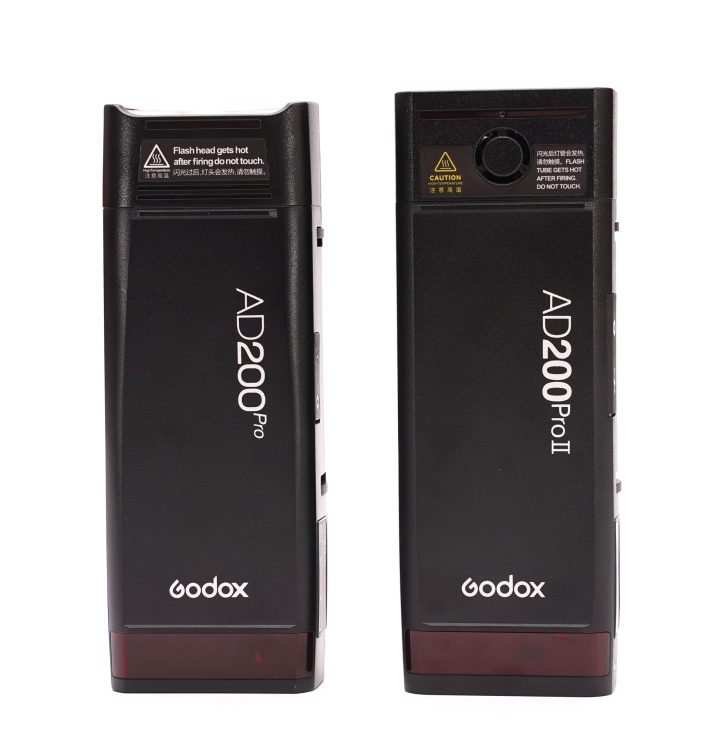
The new AD200Pro II shares its basic appearance with its predecessor. Both are rectangular units of almost identical size. They use the same battery format and the same removable head mechanism.
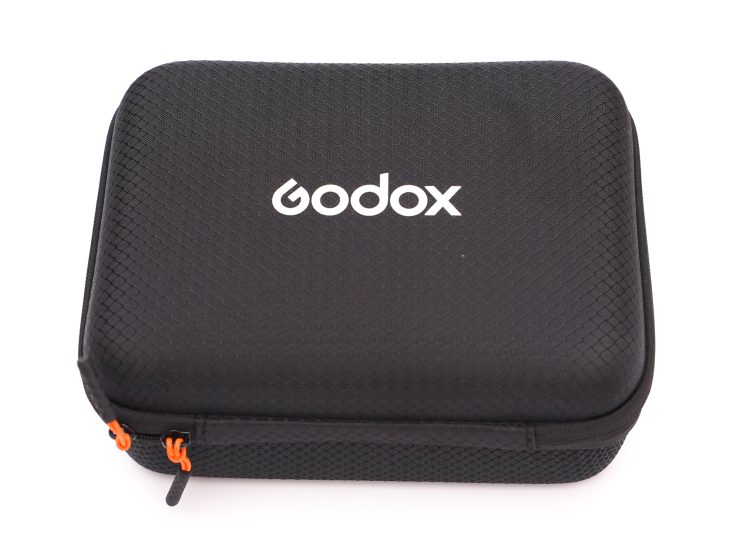
The flash ships in a well-made and solid case.
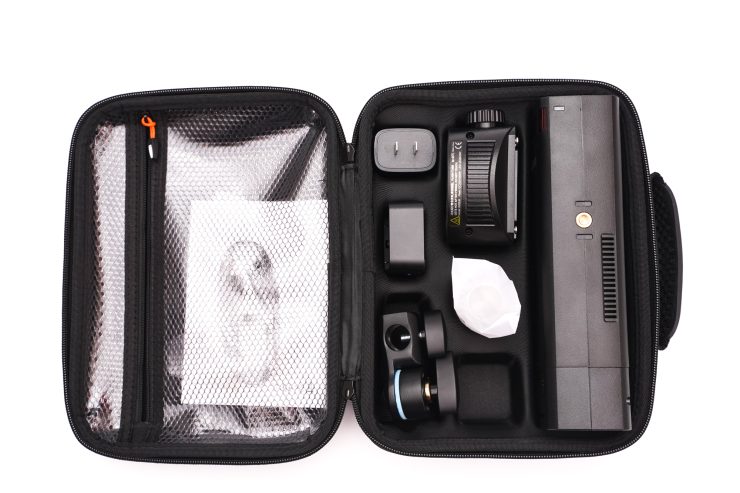
Inside the case, along with the flash itself are a USB-C brick and charger, a lightstand mount and the barebulb head.
The flash body and its two included heads feature ventilation openings to help dissipate heat and avoid overheating.
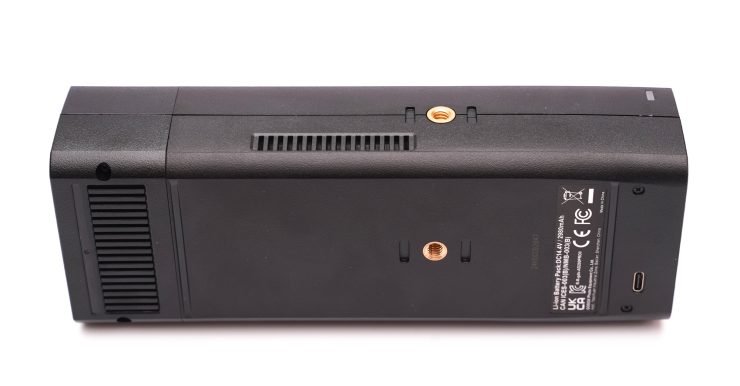
The body also sports two mounting screws for the included lightstand holder. There is a connection port to plug an external power source, and a USB-C port for firmware updates.
The AD200Pro II is exclusively a wireless flash. It can be run as an optical slave, but shines when used with one of Godox’s triggers using their 2.4 GHz “X Protocol”. Triggers and flashes are all compatible together. The AD200Pro II is not linked to a given camera manufacturer: any Godox trigger for any camera brand will control the flash.
What’s New
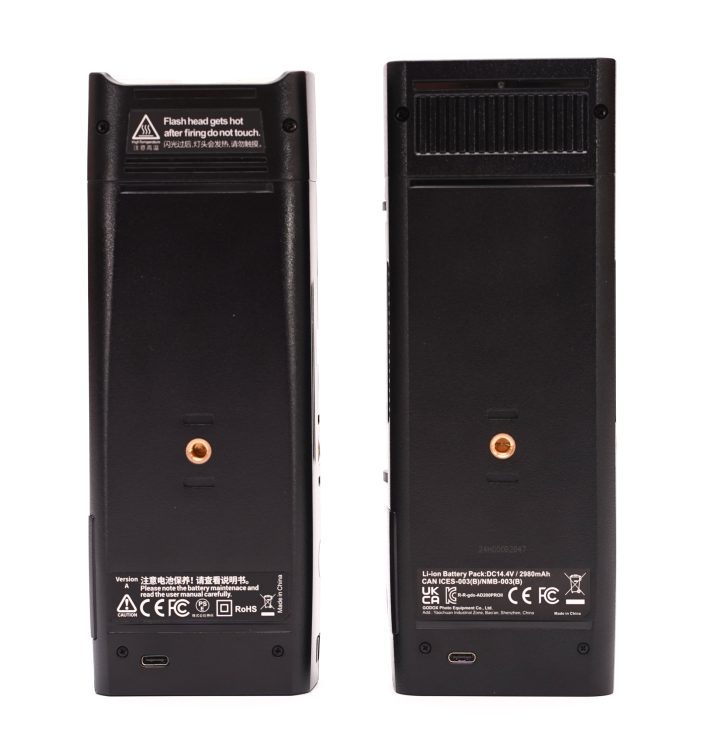
While the AD200Pro and AD200Pro II share many similarities, there are some key differences.
Version 2 now uses a Power ON scheme similar to that of the AD100Pro instead of a dedicated lever. It now requires two steps and will be less likely to turn on accidentally.
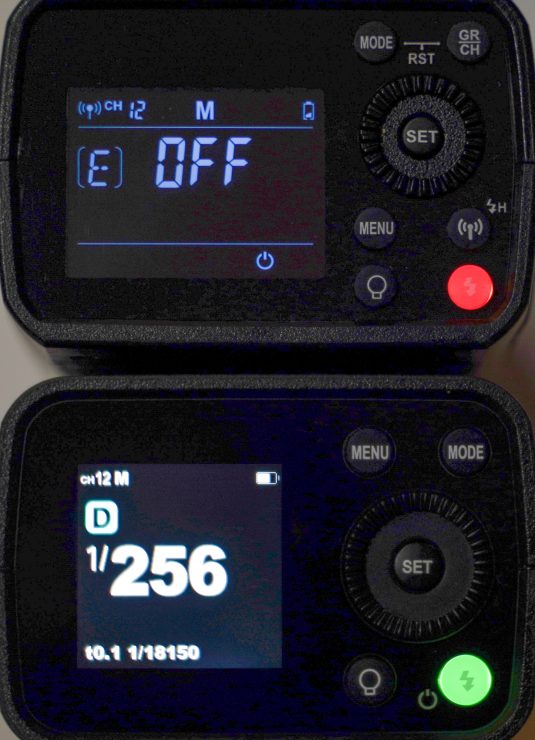
Version 2 sports a color OLED screen instead of a monochrome LCD. The menu interface has evolved in kind (see next section).
Version 2 has two multi-color LEDs which change color according to the selected group, making it easy to spot groups when using multiple flashes. The color-screen on the X3 trigger mimics these colors.
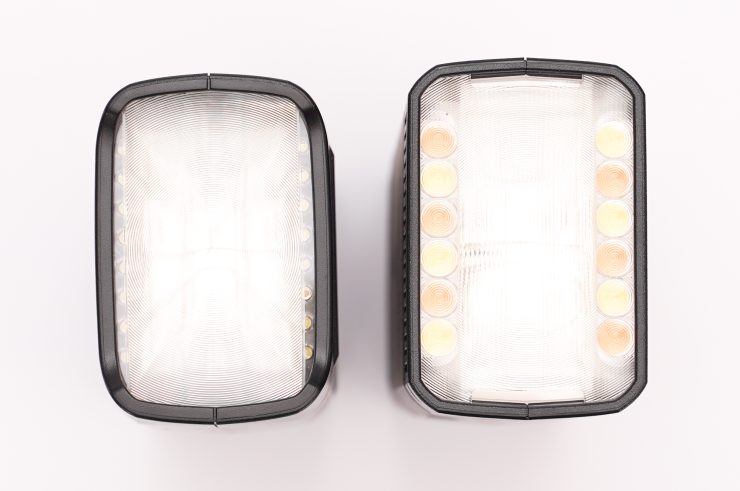
Version 2 can use flash heads designed for version 1, be they the regular Fresnel rectangle or barebulb, as well as the optional circular head, R200 ring flash or AD-S200 light stick. The new version has its own Fresnel and barebulb heads, which cannot be used with version 1.
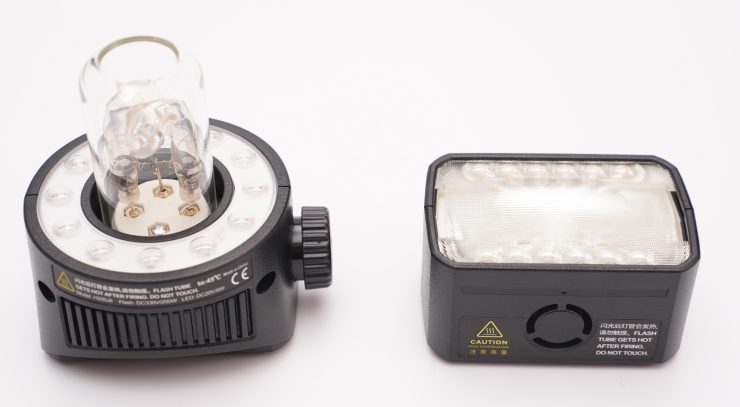
The new Fresnel head has a built-in fan. These new heads allow more full-power pops before going into over-temperature protection mode.
These new heads provide more modeling light possibilities. The modeling lights on both heads are bi-color and fully tunable. Their output power can also be controlled manually or adjusted according to the flash output power. The new heads also have better heat dissipation.
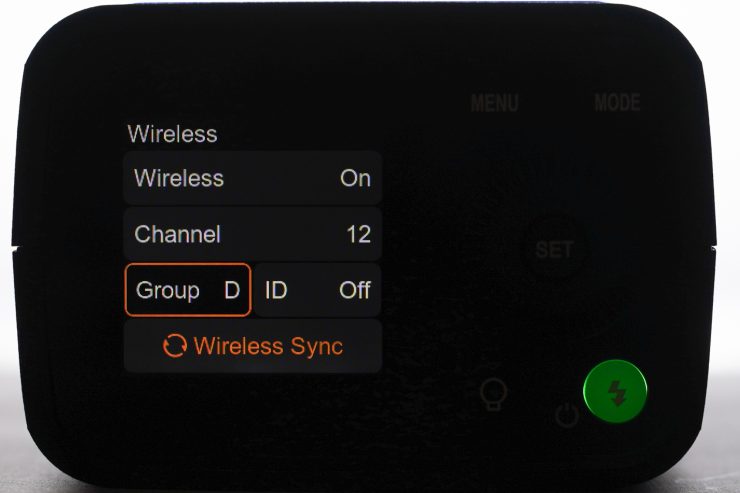
The AD200Pro II offers one-tap pairing when used with the X3 trigger, to quickly select channel, group and ID.
Output power can now be selected in 0.1 increments down to 1/512 power.
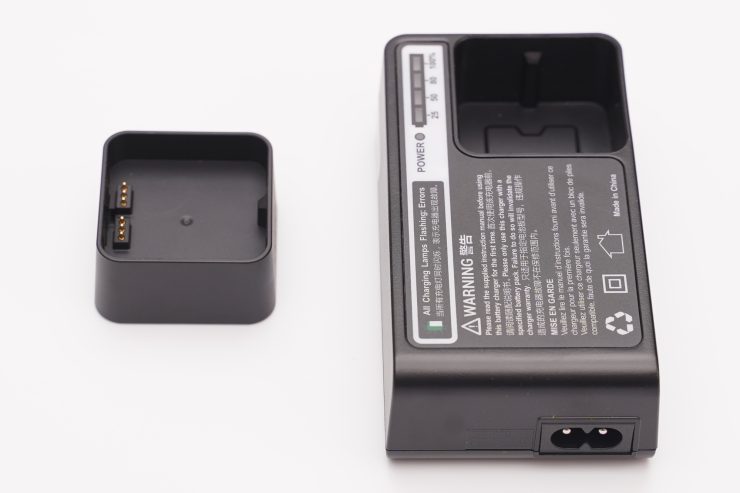
The AD200Pro II comes with a new charger with a significantly smaller footprint, making it easier to carry on location.
The number of groups has increased from 5 to 16, some of which only support manual control, others also supporting TTL.
Interface
The rear of the flash is where the user interacts with it, and it is one area where differences between the two versions are more obvious.
The AD200Pro used a monochrome, blue-tinted LCD. The AD200Pro II uses a color OLED screen of roughly the same size but with better resolution.
The buttons layout is mostly but not entirely similar. The central wheel is still there, as are the bottom Modeling Light and Test buttons. The Menu and Mode (TTL, manual, HSS) buttons are also still present but have been moved. The Wireless and Channel/Group buttons are gone, these functions are now menu-driven.
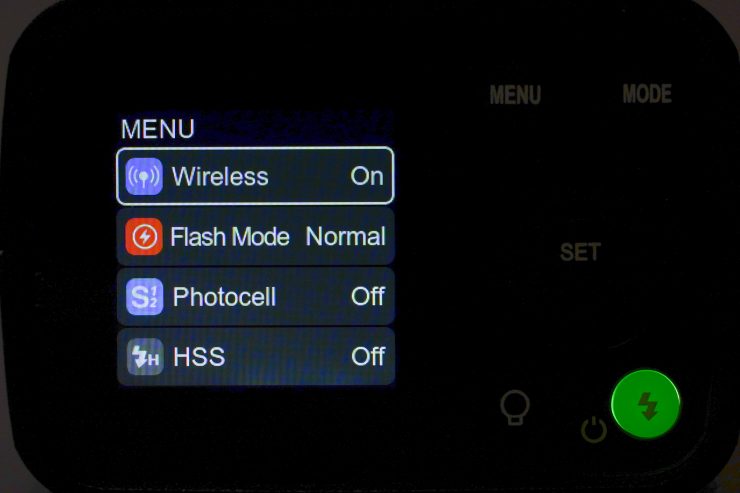
Menus take advantage of the new screen and have been completely redesigned. They are organized in a list and navigated via the scroll wheel.
Once the basics are set, most parameters are likely to be set via the remote trigger and not the flash itself. Still, having logical and intuitive menus is welcome.
In Use
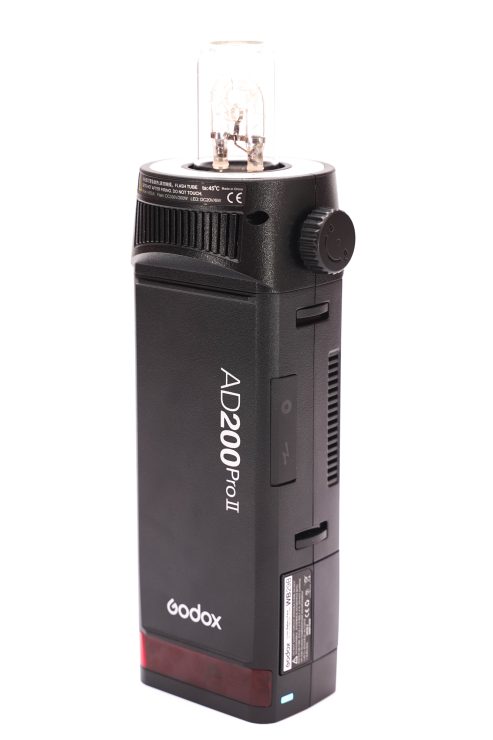
Everything we said before about the AD200Pro carries with the AD200Pro II. In fact, newcomers are not likely to be awed by the differences between the two, and the original obviously remains an excellent flash.
The new version is an incremental upgrades. It shows that Godox is keen on continuous improvements and listens to its customers. Usability is probably where the new flash shows the biggest improvements. It’s a collection of little things which, taken together, streamline the workflow and frees up time to actually take pictures instead of fiddling with settings and parameters.
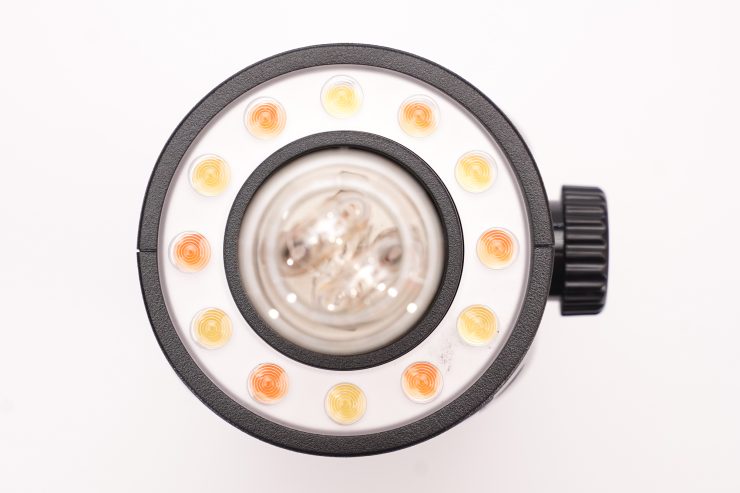
The benefit of the new modeling lamps is hard to overstate. Having modeling lamps on the barebulb is a welcome addition, and having fine control over power and color output will make it easier to plan shoots in the studio.
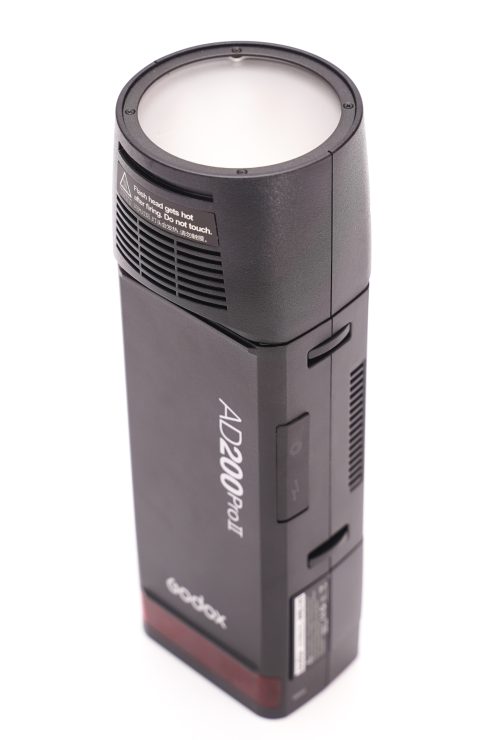
At its core, the AD200Pro II is a compact, battery-powered workhorse. It will be enough for many photographers in their studios, and is much easier to bring on location than bigger, pluggable lights. It is also a logical companion to the X3 trigger. Taken alone, that trigger was a nice option but, coupled with the new AD200Pro II, it shows the direction into which Godox is going and offers a glimpse of the company’s future developments.
Summary
Godox already had a popular and reliable product with the AD200Pro. It hit the sweet spot of features, size and price (lowered to about $299, now). It’s not surprising that a whole ecosystem was built around it.
Godox played a clever game in creating the AD200Pro II. Its incremental upgrades make it a worthy new product, without breaking the mold and losing what made the original so interesting. Some users will be happy with their current AD200Pros, and that’s fine. Newcomers should definitely look at the new version, especially since Godox was able to retain the same street price. Veterans might also benefit from some of the upgrades and enjoy this new version. The AD200Pro II costs about $349 from Amazon, and it’s also available from B&H Photo, and under the Flashpoint brand name at Adorama.

